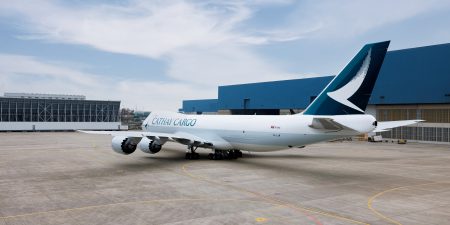Airlines are also making significant investments in their pharma-carrying and handling capabilities. These go beyond equipment and processes, with an increased focus on recruiting staff with experience in both logistics and the pharma sector. This is so that they better understand the requirements of pharma manufacturers, while leaving the commercial aspects to the forwarder and the pharma company.
Bolloré’s Jane Chan has no concern there, noting that pharma logistics involve a lot more than a specialist container and the cold chain. Bolloré works with airline partners to develop SOPs (standard operating procedures), and she finds it helps if airlines have a better understanding of shipper requirements.
According to DHL, the life-sciences sector spends about US$14 billion per year on transportation and storage of refrigerated and frozen cargo. In terms of value, temperature-controlled traffic makes up about 20 per cent of the total pharma logistics market, but is growing at 10 per cent annually – twice the rate of overall pharma growth. A 2018 study published by the Business Research Company predicted that the global pharma market would climb from US$934.8 billion in 2017 to US$1,170 billion in 2021.
This growth and the yields in the pharma sector explain the significant investment and effort of airlines, handlers and forwarders to come up with improved solutions for pharma shipments. However, this ‘arms race’ does not necessarily always produce more sophisticated, higher priced offerings. ‘Cost is definitely a challenge,’ says Jane.
In November 2018, Bolloré opened a cross-dock healthcare hub in Singapore, ushering in a new distribution plan for pharmaceuticals produced in the US and Europe going to Asian markets. The new model, which is fully handled and monitored by Bolloré, brings a major switch from air to ocean carriage, resulting in cost savings, end-to-end visibility, improved security and a lower carbon footprint.
‘Our solutions for critical temperature controlled pharma products are still mainly with airfreight,’ she says, adding that often there is no alternative because of temperature sensitivity issues or regulatory requirements. In light of the growth in pharma traffic that needs more advanced temperature control solutions, as well as the emergence of personalised medications and home healthcare, airfreight operators will continue to have their holds full with life-science products.





